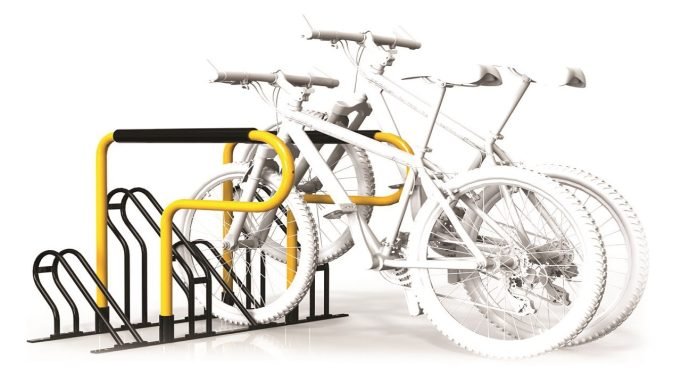In urban environments where space is at a premium, finding innovative solutions to optimize limited areas becomes a necessity. One such challenge is providing secure and convenient bicycle storage options for the growing number of cyclists. Compact cycle shelters and bike racks have emerged as a brilliant space-saving solution, offering a range of benefits for both individuals and communities. In this article, we’ll explore how compact cycle shelters are revolutionizing the way we think about bicycle storage, all while efficiently utilizing valuable space.
The Rise of Cycling in Urban Areas
As cities around the world become more densely populated, the need for sustainable and efficient transportation options has gained prominence. Cycling presents itself as an eco-friendly and healthy alternative to conventional vehicles, promoting reduced traffic congestion and lower carbon emissions. Consequently, urban areas are witnessing a surge in the number of cyclists, thereby amplifying the demand for secure and accessible bicycle storage facilities.
Challenges of Traditional Bicycle Storage
Traditional methods of bicycle storage, such as bike racks along sidewalks, often fall short in meeting the requirements of modern cyclists. These racks are not only exposed to weather elements, leading to faster deterioration of bicycles, but they also occupy precious sidewalk space, causing obstruction to pedestrians. With the limited area available in cities, finding efficient storage solutions that don’t impede the flow of foot traffic has become imperative.
Compact Cycle Shelters: A Space-Saving Marvel
Compact cycle shelters have emerged as a game-changing solution to the challenges of urban bicycle storage. These shelters are designed with a focus on space optimization without compromising on security or accessibility. Let’s delve into the key features that make these shelters a space-saving marvel:
Vertical Storage: One of the most ingenious features of compact cycle shelters is their vertical storage design. Bicycles are hung on racks that utilize height rather than width, effectively maximizing the use of vertical space. This not only allows more bicycles to be stored in a smaller footprint but also prevents clutter on sidewalks.
Modular Construction: Compact cycle shelters are often constructed using a modular approach. This means that they can be customized and expanded according to the available space and the number of bicycles to be stored. This adaptability ensures that space is efficiently utilized, even in areas with irregular layouts.
Weather Protection: Unlike traditional bike racks, compact cycle shelters offer a high degree of weather protection. Bicycles stored in these shelters are shielded from rain, snow, and harmful UV rays. This protection extends the lifespan of the bicycles, reducing the need for frequent replacements and repairs.
Security Measures: Security is a top concern for cyclists, and compact cycle shelters address this with innovative locking mechanisms. These shelters can be equipped with modern locking systems, including RFID access, secure locks, and even surveillance cameras, ensuring that bicycles remain safe while stored.
Community Benefits and Future Outlook
The advantages of compact cycle shelters extend beyond individual cyclists. Communities stand to gain as well. With more people adopting cycling as a mode of transportation, cities can reduce traffic congestion, lower pollution levels, and promote a healthier lifestyle. By utilizing compact cycle shelters, urban planners can free up space for green areas, pedestrian zones, or even additional parking, enhancing the overall cityscape.
As we look to the future, the demand for compact cycle shelters is projected to grow even further. With sustainability and efficient space utilization at the forefront of urban planning, these shelters perfectly align with the goals of modern cities. Moreover, advancements in materials and technology will likely lead to even more innovative and space-efficient designs.
In a world where space is becoming scarcer by the day, embracing inventive solutions like compact cycle shelters is essential. These shelters not only cater to the needs of the burgeoning cycling community but also contribute to the overall improvement of urban living. By capitalizing on vertical storage, modular construction, weather protection, and enhanced security, compact cycle shelters are revolutionizing the way we perceive and utilize space for bicycle storage. As we continue to prioritize sustainable and efficient urban environments, it’s evident that these space-saving marvels will play an integral role in shaping the cities of tomorrow.















